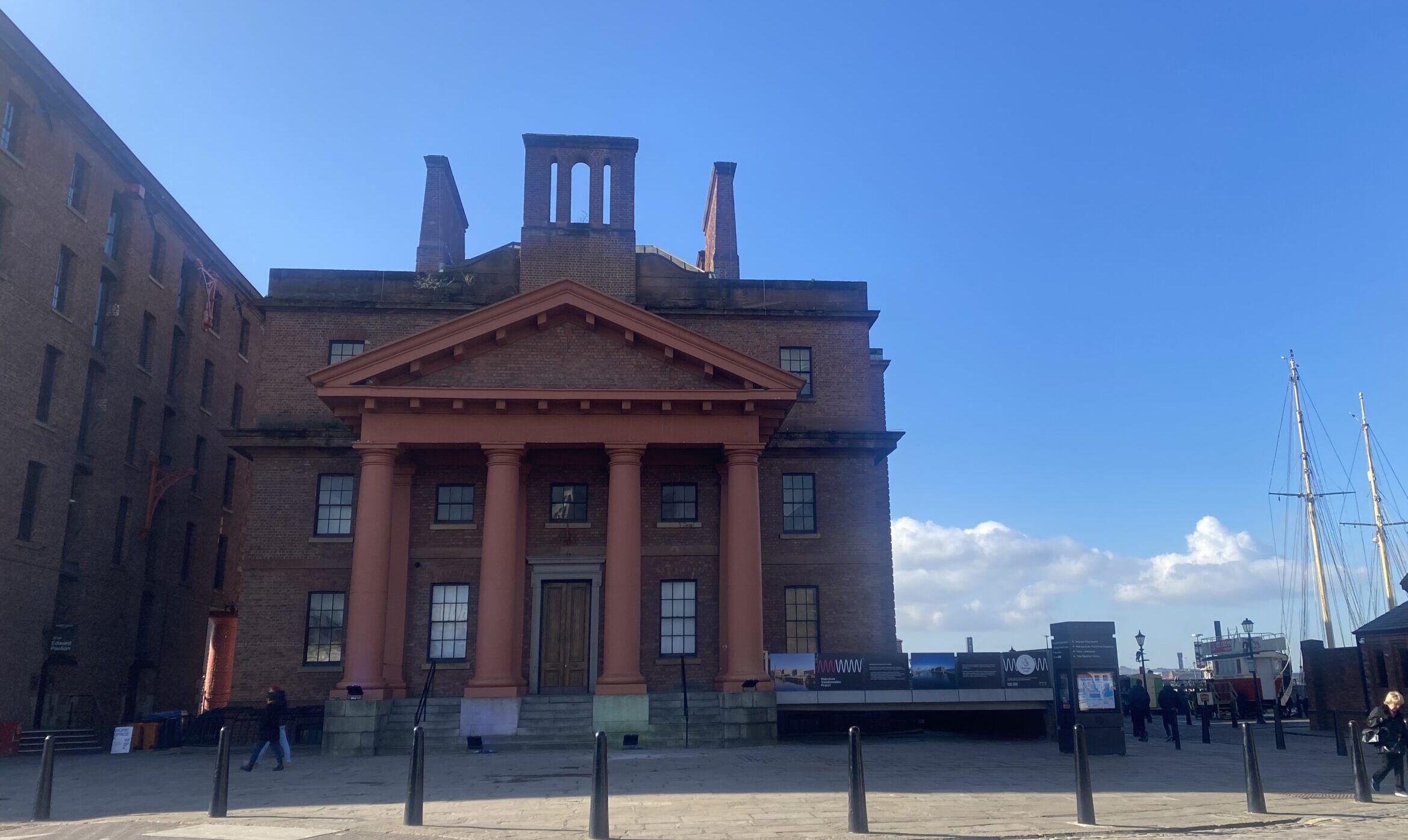Questioning Values/ Revaluing Questions
In this blog post, CHerPP Project Lead Tamara West writes that in order to define and evidence the intricate values of heritage, we need to make space for more nuanced responses and measurements.


Tamara West, CHerPP Project Lead
If the non-use values of heritage are difficult to define and difficult to measure, it’s because they are being disaggregated from a whole. Components like bequest, existence and altruism are intrinsic to cultural heritage assets. Some are measured against externally defined frameworks. UNESCO’s ‘Outstanding Universal Value’, for example, relates to the value of heritage for all humanity, transcending borders and generations. The UK listing system protects and grades buildings in terms of their historical and architectural importance to the nation.
But the more intricate lacework that joins use and non-use values? That has proved trickier to assess. In the qualitative focus groups for our CHerPP project, we attempted to understand non-use values in more depth at the regional, local and hyperlocal level.

The next stage is our regional survey. As part of this, respondents (non-users) will be presented with scenarios relating to a small aspect of National Museums Liverpool’s Waterfront Transformation and asked how willing they would be to pay to have it developed.
On a very basic level, we present people with choices that elicit non-use values relating to a site they don’t visit by asking them to allocate a monetary amount (e.g. of tax, income, or a pot of money – the ‘payment vehicle’) via an established technique called ‘Willingness to Pay (WTP).’
Several authors highlight WTP is an imperfect measure, citing disparities in personal income and other socio-economic differences though to the propensity for people to enter a protest value or be offended by the proposition of payment (see our CHerPP overview here). Other options include “Willingness to Travel” (e.g., how far people might go/ how much time they would give up to get to a site) though arguably this is equally problematic; there is also the opposite to WTP- a Willingness to Accept which also enables the allocation of a monetary value.
A heritage site or collection may relate to or impact upon place and community in a number of ways. Asking people to allocate a set amount of money is one way of establishing motivation and value – but there could be others. For example, enabling respondents to think about what they would be willing to do as opposed to what they would pay. After all, much of cultural heritage is framed as something to be looked after, saved, or shared – all of which are in some ways calls to action.
There is some precedent in surveys using volunteer hours (e.g., time spent or lost in wages doing a task). A further step might be to devise scales of civic action. If a site or collection were to be lost, or if a change required, how willing would respondents be to take a small action? Here, ‘Willingness to Do’ could be undertaking a set task from home or outside, with each option assigned a ‘value’ that can be measured and aggregated, and set against existing baselines for engagement via secondary datasets.
As a first step we have included a very simple additional question in the survey around volunteering hours. Our next aim would be to undertake small scale focus groups to understand modes – and scales -of potential criteria based on the non-use values we identified in the qualitative work . Of course, the same tensions remain – how to isolate value(s) that co-exist to make up a whole, in a setting where there is a need to assign some sort of monetary value.
Non-use- and use- values of heritage are intricate and interconnected. If there is increasing need and benefit to capturing and evidencing this, then the way these values are queried (and measured) need to be more nuanced.